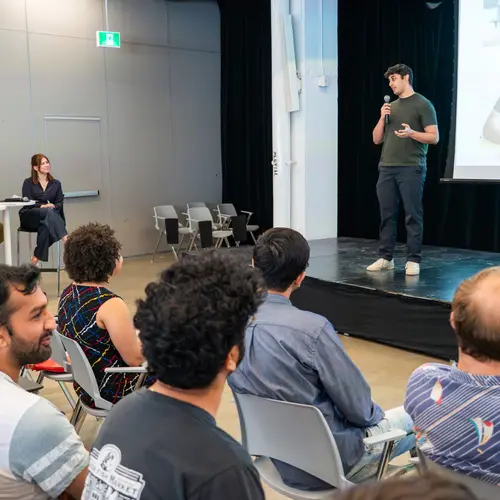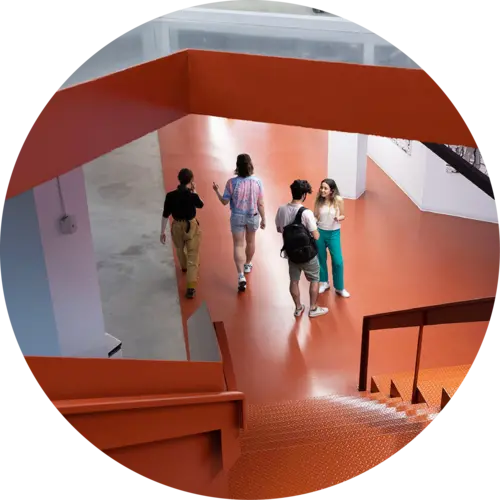
Razvan Pascanu
Membre affilié
Chercheur scientifique principal, Google DeepMind
Sujets de recherche
Apprentissage à quelques exemples
Apprentissage continu
Apprentissage de représentations
Apprentissage par renforcement
Apprentissage profond
Apprentissage profond géométrique
Apprentissage tout au long de la vie
Généralisation
Interprétabilité mécanistique
Optimisation
Réseaux de neurones
Réseaux de neurones en graphes
Réseaux de neurones profonds
Réseaux de neurones récurrents
Théorie de l'apprentissage automatique


